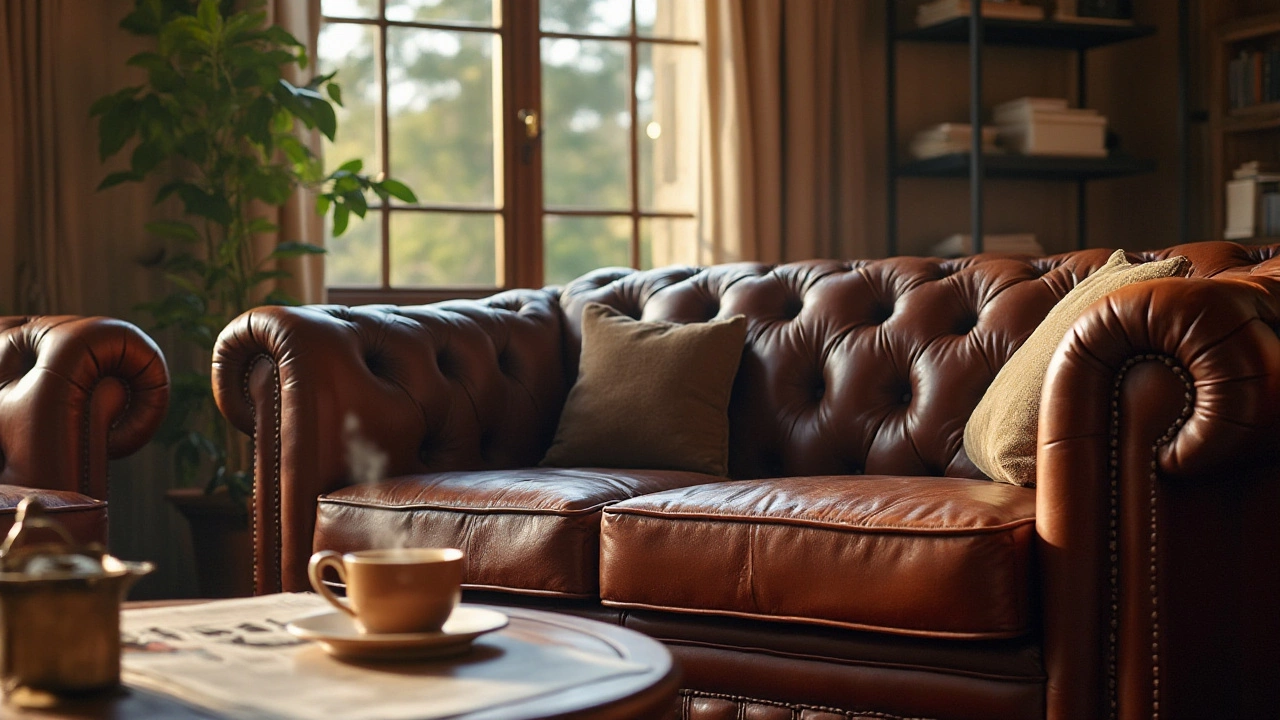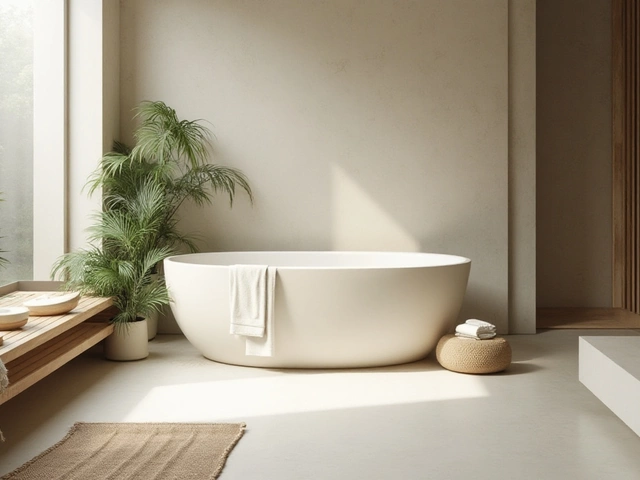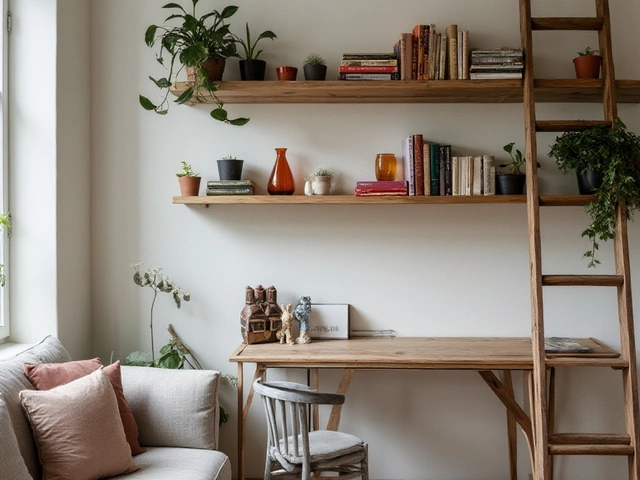Couch Quality: Spotting Durable Sofas Made Simple
If you’re tired of sofas that sag after a few months, you’re not alone. A good couch should feel solid, stay comfortable, and look good for years. Below we break down the parts that matter, explain why some materials beat others, and share quick checks you can do before you buy.
Key Parts of a Quality Couch
First up is the frame. Real wood—hardwoods like oak, maple, or ash—holds up better than particle board. Look for mortise‑and‑tenon joints or dowels; they’re stronger than glued‑together bits. Next, the springs. Eight‑way hand‑tied springs or sinuous steel coils give even support and prevent the seat from flattening.
The cushions matter just as much. High‑density foam wrapped in a layer of down or feather blend gives a plush feel without losing shape. If you see low‑density foam only, expect it to flatten quickly. Finally, the upholstery. Natural fabrics like cotton, linen, or leather breathe and age well. Synthetic blends can be fine, but check the weave—tight weaves resist tears and stains.
Tips for Buying a Long‑Lasting Sofa
Start by sitting on the couch. Sink a little, but don’t feel like you’re falling into a pit. Your feet should touch the floor comfortably, and the backrest should support your spine without forcing you forward.
Ask the retailer about the warranty. A three‑year frame warranty and a one‑year cushion guarantee signal confidence. Also, compare prices for similar specs—if a couch is half the price of a competitor, it probably cuts corners somewhere.
Don’t forget the room. Measure your space and leave a few inches for movement. A sofa that’s too big will feel cramped and wear out faster from constant shifting.
Lastly, think about care. Removable, washable covers make life easier, especially if you have pets or kids. Leather needs conditioning, but it can last decades with the right upkeep.
Our tag page pulls together articles that dive deeper into these topics. For example, the “Most Popular Sofa Size” guide shows why an 84‑inch three‑seater often hits the sweet spot, while the “Average Couch Markup” post reveals where retailers add extra cost. If you’re curious about cushion styling, the “How to Style a 3‑Seater Couch with Cushions” piece offers practical layout ideas.
Bottom line: a quality couch starts with a solid frame, good springs, dense cushions, and durable upholstery. Test it in the store, read the warranty, and match it to your space. Follow these steps and you’ll avoid the cheap‑look‑good‑now sofas that fall apart in a year.
Ready to upgrade? Keep these pointers in mind, browse our related articles for more details, and you’ll walk away with a sofa that feels right and stays right for years to come.

How to Identify High-Quality Couches: Tips on Cushions and Craftsmanship
Selecting a couch is a significant decision for any home, often a centerpiece in living rooms. Determining if a couch is of high quality involves examining the materials, build, and especially the cushions. Recognizing good craftsmanship and durable materials ensures that the couch will offer comfort and longevity. In this article, explore how to evaluate these essential aspects to make an informed choice.
Categories
- Storage (27)
- Bathroom (18)
- Sofas (15)
- Curtains (15)
- Home Decor (12)
- Bedding (11)
- Kitchenware (11)
- Cushions (11)
- Mirrors (10)
- Rugs (9)
Popular Articles

Creating a Zen Bathroom Oasis: Essentials and Tips
Nov, 20 2024

Clever Storage Hacks for Small Spaces
Oct, 19 2024

